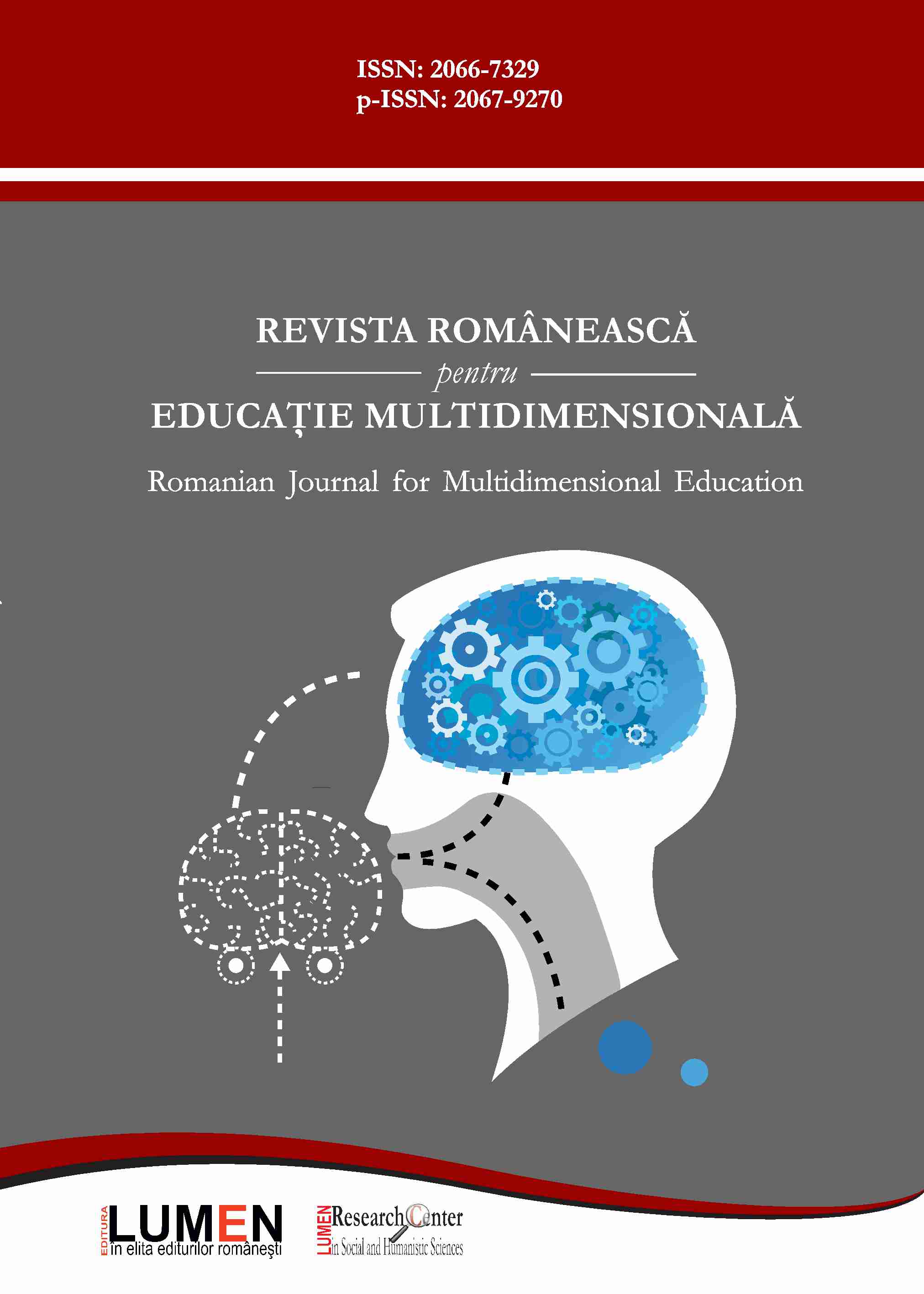University Students` Satisfaction: The Impact of Computer-mediated Blended Learning
University Students` Satisfaction: The Impact of Computer-mediated Blended Learning
Author(s): Olha Rembach, Oleksandr Liubych, Mykhajlo Antonenko, Volodymyr Kovalenko, Ruslan ValieievSubject(s): Educational Psychology
Published by: Editura Lumen, Asociatia Lumen
Keywords: student satisfaction; blended learning; e-learning; correctional officer training; probation officer training; parole officer training; SUSS;
Summary/Abstract: Penitentiary systems in transition countries are in a state of reform. This factor imposes additional difficulties in the vocational training of future probation and correctional officers. Improving the process of their instruction at universities should consider the condition of their satisfaction and efficiency of modern educational technologies. During the experiment, the online intranet course was implemented in the educational process. This course oriented to the stimulation of students` emotional-motivational states, facilitation of cognitive abilities and using of practice-oriented educational exercises for autonomous learning. The student satisfaction was measured with SUSS – the Students University Satisfaction Scale (Cronbach’s alpha coefficient α=0.90). At the end of the experiment, t-test (with independent samples) displayed that students of the experimental group (n=82) had significantly higher scores for students` satisfaction than the students of the control group (n=82, t=4.24), especially satisfaction with curriculum (t=7.78), teaching and learning (t=7.65). The results of the study confirm the effectiveness of blended learning, in particular, the Station-Rotation model, to increase students' motivation and satisfaction. Practical implications include the implementation of online courses in basic academic disciplines in the training of Ukrainian probation and correctional officers. Instructional Design Implications include further study of the realized techniques, methods and models of blended learning.
Journal: Revista Românească pentru Educaţie Multidimensională
- Issue Year: XI/2019
- Issue No: 4 Sup1
- Page Range: 221-241
- Page Count: 20
- Language: English

